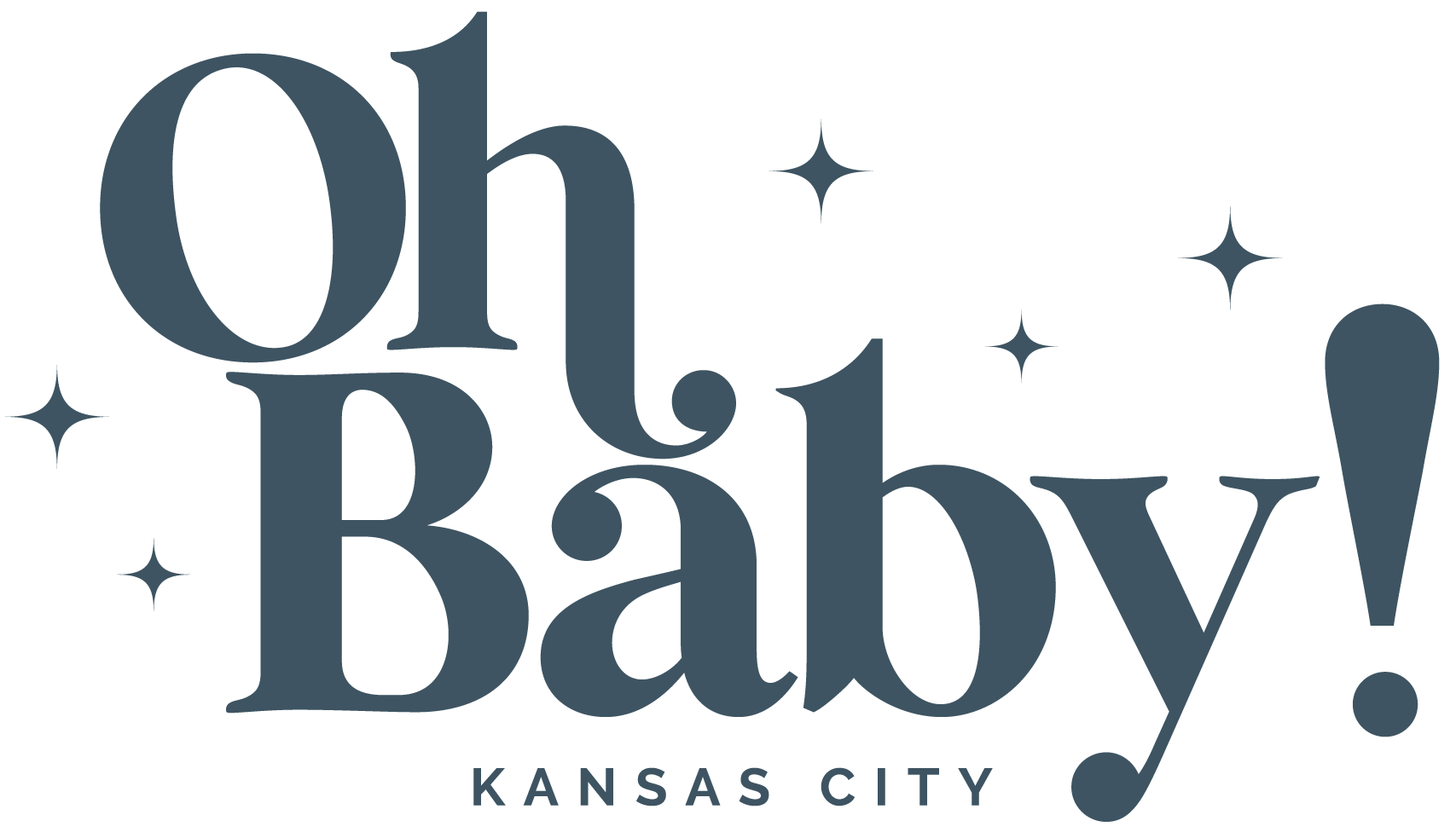Everything You Need to Know To Start Baby-wearing: Plus some local resources
Have you ever been overwhelmed with accomplishing the much needed household tasks and errand running on your list while taking care of your new baby?
You may know that your baby needs physical contact to grow and thrive. But how can you constantly hold your baby while accomplishing all the things?
Well, let me tell you how: BabyWearing!
Let’s talk about the why, how and what about babywearing. Plus a few local resources to get you started!
Reasons for Babywearing:
Convenience. Freeing at least one hand to complete any task you may need to get done
Bonding. The close physical contact with your baby promotes bonding and healthy brain development
Physical development. The “M” shape of baby’s bottom half is conducive to healthy hip development. Since baby is not constantly in one position, they are less likely to get plagiocephaly (when soft skull becomes flattened in one area, due to repeated pressure on one part of the head).
No bulky stroller. You will no longer worry about having to pack another large baby gadget
What are the common positions for baby wearing?
Front carry with baby facing you- This position allows for you and baby to make eye contact and interact with each other, building a strong bond. This position is ideal for a newborn who has little control of their body.
Front carry with baby facing out- Baby will see what you see. This position is great for older babies who have better control of their bodies and who may be becoming curious about the world around them.
Hip carry-This position is pretty self-explanatory. It is perfect for getting a few small tasks done with one hand, while still providing all the support a small baby needs. If baby is older, and better able to control their body, the hip carry could be a good way to distribute his weight more evenly across your body.
The back carry- Child’s chest will be against your back as you go about your day. This is a position for older babies who have good control of their bodies, who are able to sit up on their own.
What are the different types & what will work for me?
Ring Slings
This type of carrier is best for short stints of babywearing and with a smaller child, up to toddler age/size. They’re easier to get on and off than a baby wrap, which can be a big bonus for some parents who need to use the sling multiple times a day. (1) Rings slings can be worn in the front, back, and on the hip. These are great for breastfeeding moms, because baby can be supported during breastfeeding while mom is completing other tasks. The biggest drawback about ring slings is that they are supported by one shoulder, putting extra weight on the side that is supporting baby. However, if baby is only worn in the ring sling for a short amount of time, this shouldn’t be too big of a problem. A few brands of ring slings include Sakura Bloom, Moby, Mebien, KeaBabies, & Vlokup. You can also make your own ring sling! Check out this tutorial on how to do that.
Wraps
A baby wrap is essentially a piece of long fabric you tie and knot around yourself to create a pouch on your chest, hip, or back. The fabric usually wraps over your shoulders and across your torso. It’s meant to distribute the baby’s weight across your shoulders and hips. Unlike other carriers, there are no clasps, rings or buckles that might dig into you or your child’s body. Wraps can typically be used with newborns up until your child is 18 months old, although parents get the most use out of them in the first several months. (2) A few brands of wraps include Moby, Boba, Solly, & Baby K’tan
Structured Carriers
These are going to be the carriers with extra padding and an established form. They are ready to put baby in, tighten the straps, and go.
Many soft-style carriers have multiple carrying positions so you can continue using them as your baby grows. This type of carrier is a nice option if you like the flexible style of a wrap, but you want a little bit more structure, without going all the way to a frame-style backpack carrier. (3) Some options include Ergobaby, Onya, & Tula.
Hard-structured, or backpacks, are great for outdoor adventures. They offer additional padding and boning to keep your little one in place. Since they are made for back wearing, you should wait until your child can control their body enough to sit up on his own. (4) Some brands include Deuter Kid Comfort 1, Osprey Poco Premium, & Crosslinks Deluxe.
Something to note with every baby wearing device is that size matters, not necessarily age. If your baby’s face is covered by any amount of fabric, it is too big. If you are not able to get that “M” shape on baby’s bottom half, the carrier does not fit properly. You also always want baby to be close enough to kiss their head.
Choose something that you believe will work for you and your baby.
Kansas City Baby Wearing Society offers a membership perk of trying out different carriers in order to decide which you think fits you and your baby best, along with information and tutorials to get you started.
Don’t be afraid, baby wearing is awesome, and with practice it can become such a simple thing to make life with a baby a little easier!
Places you can go for more information regarding this topic are:
On Facebook:
Babywearing International, Inc.
Baby Wearing Swap & Shop (search for one in your city)
Kansas City Babywearing Society (meetings monthly)
Websites:
Best Baby Carriers for Every Kind of Parent
Babywearing: Everything You Need to Know to Wear Your Baby Safely & In Style

